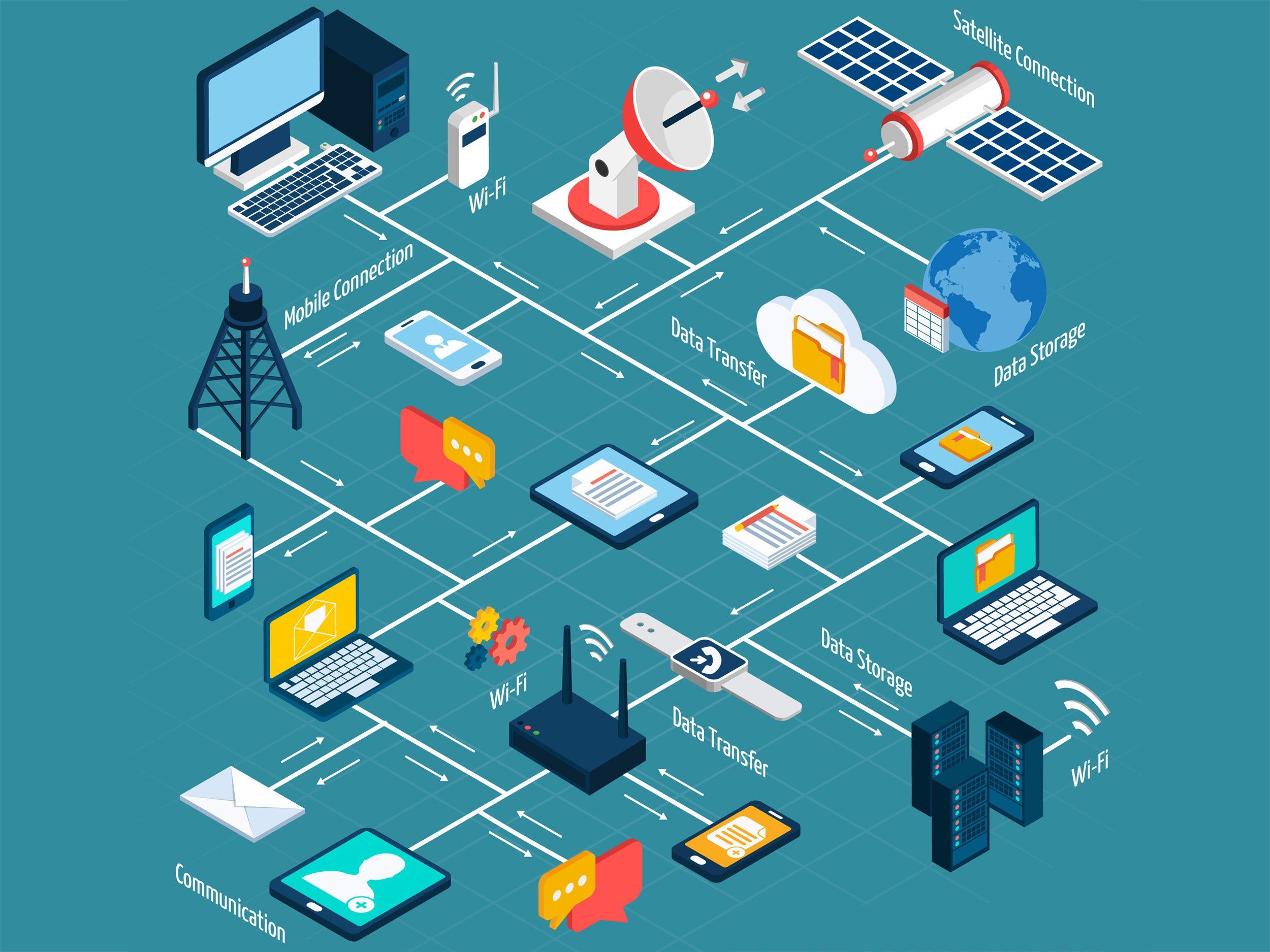Wireless Data Communication Market Demand, Growth Drivers | 2035

A deep analysis of the market yields several profound Wireless Data Communication Market Insights that are essential for understanding its true strategic direction. The first and most significant insight is that the market is undergoing a fundamental architectural shift from a centralized to a distributed model, driven by the rise of edge computing. In the traditional model, data from wireless devices is backhauled to a centralized cloud data center for processing. The insight here is that for a growing number of low-latency applications, this model is no longer viable. The market is therefore moving towards a new architecture where significant compute and storage resources are placed at the "edge" of the wireless network, often co-located with the cell tower itself. This fusion of wireless communication and edge computing, often called Multi-access Edge Computing (MEC), is a transformative trend. It positions the wireless network not just as a connectivity pipe, but as a distributed computing platform, a much more valuable and strategic role.
A second critical market insight is the emergence of private wireless networks as a massive new growth frontier, representing a significant shift in the customer base. Historically, the primary buyers of cellular infrastructure were a few hundred mobile network operators. The insight is that there is now a new and much larger potential market of thousands of enterprises—in manufacturing, logistics, energy, and beyond—that want to deploy their own private 4G/LTE or 5G networks. These enterprises are motivated by the need for more reliable, secure, and predictable connectivity for their mission-critical operations than what can be provided by Wi-Fi or the public cellular network. This trend is democratizing cellular technology, turning it from a carrier-only domain into an enterprise IT solution. This represents a fundamental change in the go-to-market strategy for equipment vendors and a massive expansion of the total addressable market.
A third, more strategic insight is that the future of wireless is not just about connecting people or things, but about enabling autonomous systems. The ultimate purpose of ultra-reliable low-latency communication (URLLC), a key feature of 5G, is not for humans, who cannot perceive a few milliseconds of delay, but for machines. The insight is that the market's long-term trajectory is inextricably linked to the rise of robotics, drones, and autonomous vehicles. These systems require a level of wireless performance and reliability that is orders of magnitude greater than what is needed for consumer applications. The development of wireless technologies that can meet these stringent machine-to-machine communication requirements is the key to unlocking the multi-trillion-dollar economic potential of the automation revolution. The Wireless Data Communication Market size is projected to grow USD 7.29 Billion by 2035, exhibiting a CAGR of 14.59% during the forecast period 2025-2035.
Top Trending Reports -
- Vibnix Blog
- Politics
- News
- Liberia News
- Entertainment
- Technology
- Formazione
- Art
- Causes
- Crafts
- Dance
- Drinks
- Film
- Fitness
- Food
- Giochi
- Gardening
- Health
- Home
- Literature
- Music
- Networking
- Altre informazioni
- Party
- Religion
- Shopping
- Sports
- Theater
- Wellness



